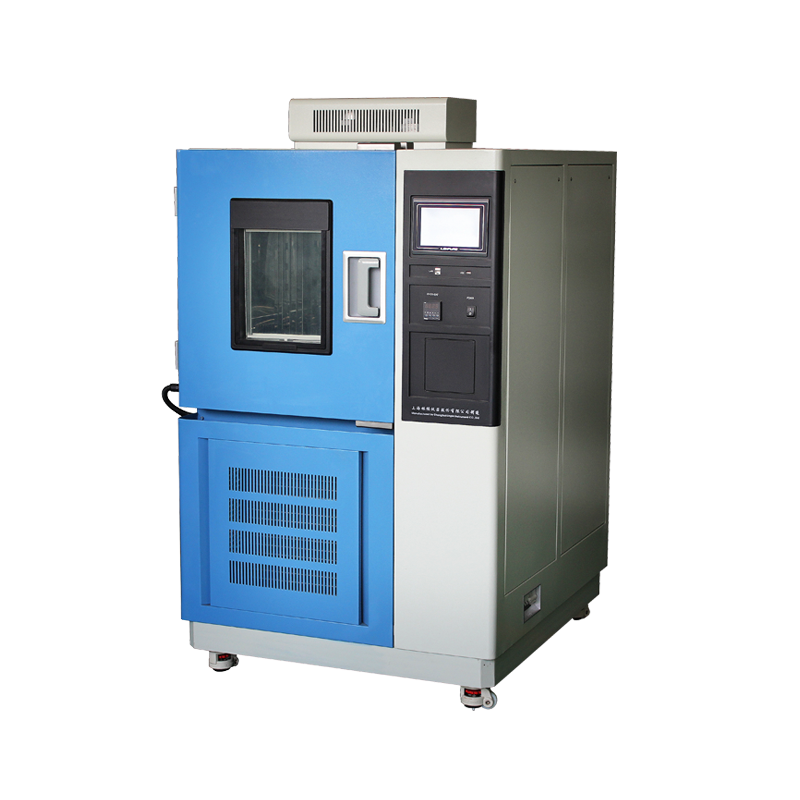

High-low temperature test chambers are the cornerstone of environmental reliability testing. The quality of their performance directly determines the credibility of product qualification and the length of the R&D cycle. To ensure that equipment remains highly accurate, highly stable and low-fault throughout its entire life cycle, maintenance must be systematic, standardized and data-driven. The following recommendations integrate international best practices, leading manufacturers’ technical specifications and years of field experience. They are intended for laboratory managers, equipment engineers and quality-assurance personnel.

General Principles of Maintenance and Care
• Prevention first: Eliminate potential failures through periodic inspection, calibration and cleaning.
• Data-driven: All maintenance actions must be documented and trend-analysed to predict component-aging inflection points.
• Clear ownership: Establish a three-tier system—operator, engineer, third-party metrology body—with unambiguous responsibilities.
• Standards-based: Strictly follow JJF 1101-2019 “Calibration Specification for Temperature and Humidity Parameters of Environmental Testing Equipment” and the internal “High-Low Temperature Test Chamber Maintenance Work Instruction”.
Daily Maintenance (Daily)
External and visible areas
• After each test cycle, wipe inner walls, shelves and gaskets with a lint-free cloth lightly moistened with anhydrous ethanol, moving in one direction to prevent residue corrosion of the stainless-steel surface.
• Verify that the observation-window heater film is operating correctly. If condensation occurs, inspect door-seal flatness and the heater circuit.
Condenser and air-cooled unit
• Each shift, confirm via the PLC interface that the condenser pressure drop is <0.05 MPa. If exceeded, immediately remove dust from fins using 0.4 MPa clean compressed air or a soft brush.
• Every 200 operating hours, check fan-motor bearing noise and temperature rise; bearing temperature must not exceed ambient +35 °C.
Electrical safety
• Before power-on each day, measure compressor winding-to-earth insulation resistance with a 500 V megohmmeter; value must be ≥5 MΩ.
• Inspect main power, control power and safety-interlock terminals for discoloration or arcing; retighten to 1.2× rated torque if necessary.
Periodic Maintenance
Semi-monthly
• No-load test cycle: −40 °C ↔ +85 °C for two cycles. Log cooling and heating rates and stability. If the cooling rate falls below 1.0 °C/min at −40 °C or temperature fluctuation exceeds ±0.5 °C, check refrigerant charge and PID parameters.
• Calibrate T/RH sensors: Compare with a traceable Pt100 reference probe and precision dew-point meter. If deviation exceeds ±0.3 °C or ±1.5 %RH, adjust compensation or replace the sensor.
Quarterly
Refrigeration system
– Leak-test all compressor suction/discharge ports, solenoid valves and brazed joints with an electronic leak detector; refrigerant loss must be <2 g/year.
– Replace the dryer-filter core to prevent moisture or acid attack on the capillary tube.
Humidification and de-humidification systems
– Clean boiler-type humidifier electrode plates to remove scale; if using shallow-pan humidification, drain and scrub the pan.
– Check de-humidification solenoid-valve timing to ensure evaporator surfaces do not frost during low-humidity operation.
Annual
Mechanical structure
– Replace corroded door hinges and latch bolts with grade-8.8 high-strength fasteners, tightening diagonally to 25 N·m.
– Apply NSF-H1 food-grade grease to guide rails and lead screws to prevent low-temperature embrittlement.
System-level calibration
– Commission a CNAS-accredited metrology centre to perform a 9-point (three-level 3×3 grid) calibration of temperature uniformity, fluctuation and deviation per JJF 1101-2019 and issue a certificate.
– Update the equipment history file and incorporate calibration results into next year’s maintenance baseline.
Long-Term Shutdown and Restart
Shutdown for storage
• Drain all de-ionised water from the circulation tank, humidifier boiler and pipelines to prevent freezing damage.
• Seal compressor suction and discharge ports with 0.05 MPa nitrogen to exclude moist air.
• Store the chamber at 15–30 °C and <60 % RH in a ventilated warehouse; power-on self-test for 10 minutes each month to circulate lubricating oil.
Restart procedure
Execute the “three-step sequence”:
① Static check—verify power phase, earth resistance and refrigerant pressure.
② No-load run—ambient → high → low → ambient, monitoring current, voltage and vibration.
③ Load validation—insert calibrated aluminium load and confirm temperature recovery time ≤30 min.
Environment and Personnel Management
Environmental requirements
• Install the chamber away from vibration, dust and corrosive gases; floor levelness ≤3 mm/m.
• When ambient temperature exceeds 30 °C, equip the condenser with dedicated air-conditioning or forced exhaust to ensure inlet air ≤35 °C.
Personnel training
• Establish a “High-Low Temperature Test Chamber Operation and Maintenance Competency Matrix” with three annual tiers:
– Basic: start-up/shutdown, alarm handling.
– Advanced: refrigeration principles, PID tuning.
– Expert: system diagnostics, capacity modulation.
• Use “mentor-apprentice plus third-party certification”; key operators must pass national refrigeration technician or metrology calibration examinations.
Maintenance informatisation
• Introduce a CMMS (Computerised Maintenance Management System) for real-time visualisation of work orders, spare-part inventory, fault codes, MTBF/MTTR.
• Connect PLC operating data to MES via OPC-UA; apply AI algorithms to predict compressor remaining life and trigger proactive spare-part procurement.
Quick-Reference Troubleshooting
Temperature overshoot: check SSR breakdown, PID parameters, heater partial short-circuit.
Slow cooling: verify condenser fan rotation, refrigerant under-charge, TXV ice blockage or evaporator excessive frost.
Humidity loss of control: inspect boiler dry-fire, wet-bulb wick fouling, water-supply solenoid failure.
Compressor overload: confirm supply voltage (380 V ±10 %), discharge pressure (R404A high-side ≤2.5 MPa), oil-sight-glass level (½–⅔).
Maintenance of high-low temperature test chambers is no longer mere “cleaning and inspection”; it is a systems engineering discipline integrating metrology, thermodynamics, materials science and information technology. Only by anchoring procedures in documented standards, supporting decisions with data, and guaranteeing competence through personnel qualification can we ensure that the chamber delivers a stable, traceable test environment over its entire life cycle—thereby laying a solid technical foundation for product development, quality control and regulatory certification.